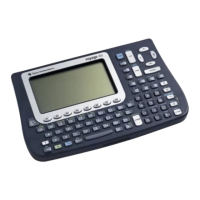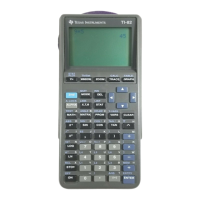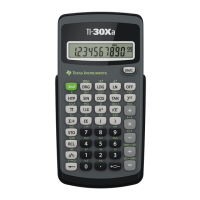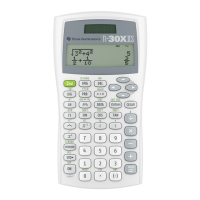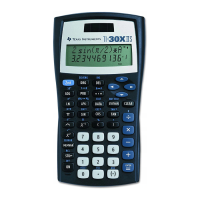[6.5] Round numbers to significant digits
You may need to round a number to a specified number of significant digits. For example, this can be
useful when simulating arithmetic on a different processor with fewer significant digits, or estimating the
effects of round-off error on function evaluation. The built-in function round() will not work, because it
rounds to a specified number of digits after the decimal point. This function does it, though:
sigdig(x,n)
func
©(x,n) round x to n sig digits
©x is number, list, matrix
©n is 1 to 12
©13mar00/dburkett@infinet.com
local s,xlm,k,j,n1,n2
if gettype(x)="NUM" then
format(approx(x),"s12")→s
return
expr(format(round(expr(left(s,instring(s,"")-1)),n),"f"&string(exact(n-1)))&rig
ht(s,dim(s)-instring(s,"")+1))
elseif gettype(x)="LIST" then
dim(x)→n1
newlist(n1)→xlm
for k,1,n1
sigdig(x[k],n)→xlm[k]
endfor
return xlm
elseif gettype(x)="MAT" then
rowdim(x)→n1
coldim(x)→n2
newmat(n1,n2)→xlm
for j,1,n1
for k,1,n2
sigdig(x[j,k],n)→xlm[j,k]
endfor
endfor
return xlm
endif
Endfunc
Like the built-in round() function, sigdig() works on single numbers, lists or matrices. This is done by
testing the type of the input argument x. If x is a number, it is rounded and returned. If x is a list or
matrix, the individual elements are processed by a recursive calls to sigdig().
The actual rounding is performed by using round() on the mantissa of the argument. This process is
simplifed by using format() to convert the input argument to scientific notation, which makes it easy to
operate on the argument mantissa.
It would be an interesting challenge to modify this routine to work on complex numbers, in rectangular
or polar format.
6 - 5

